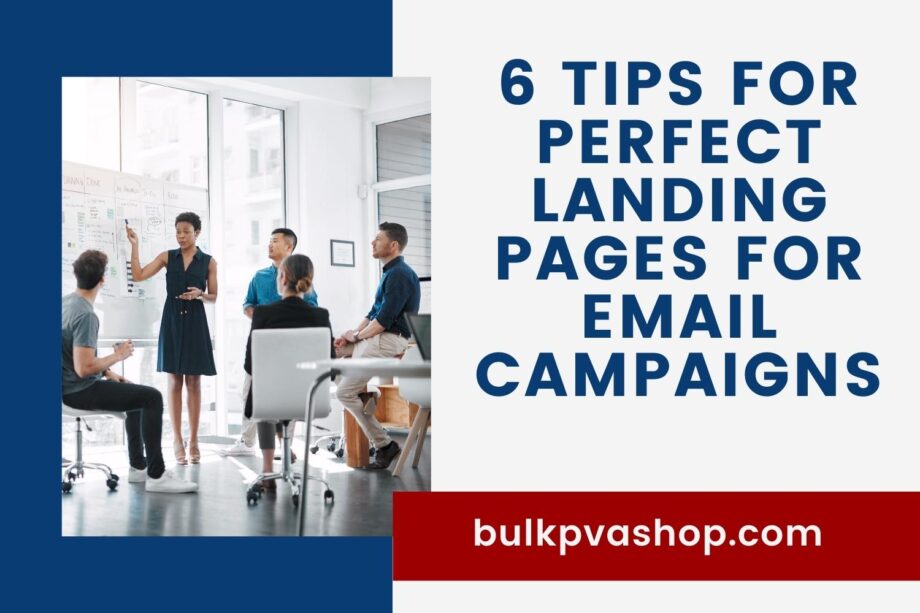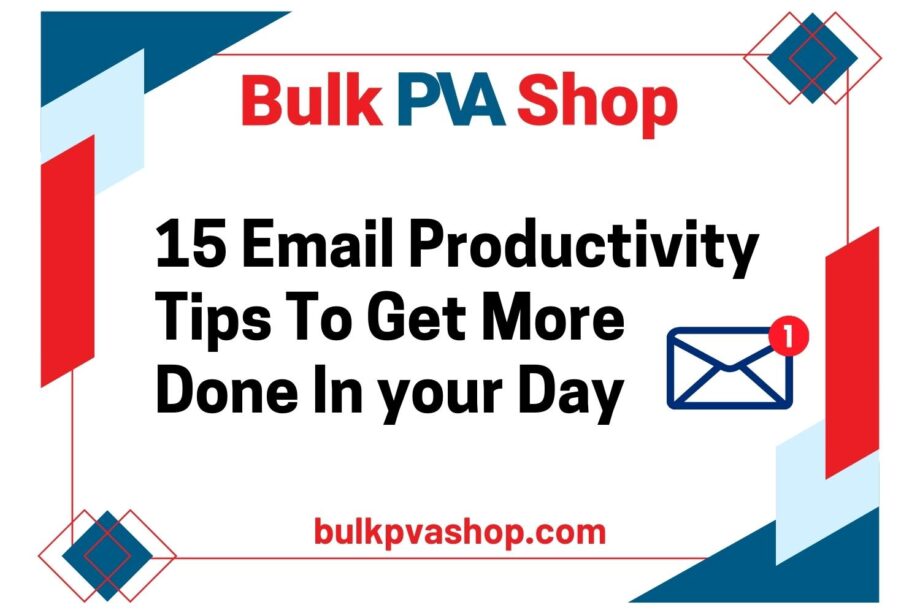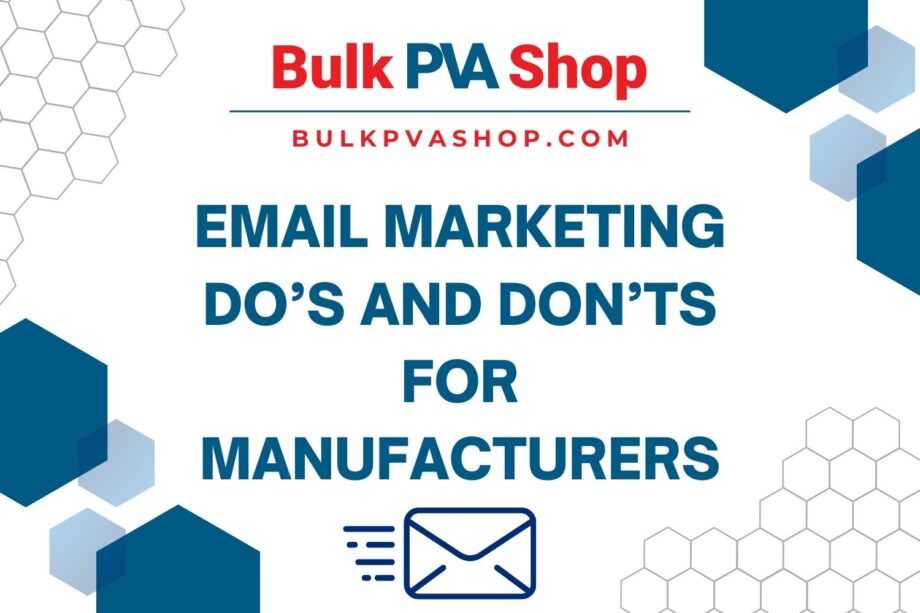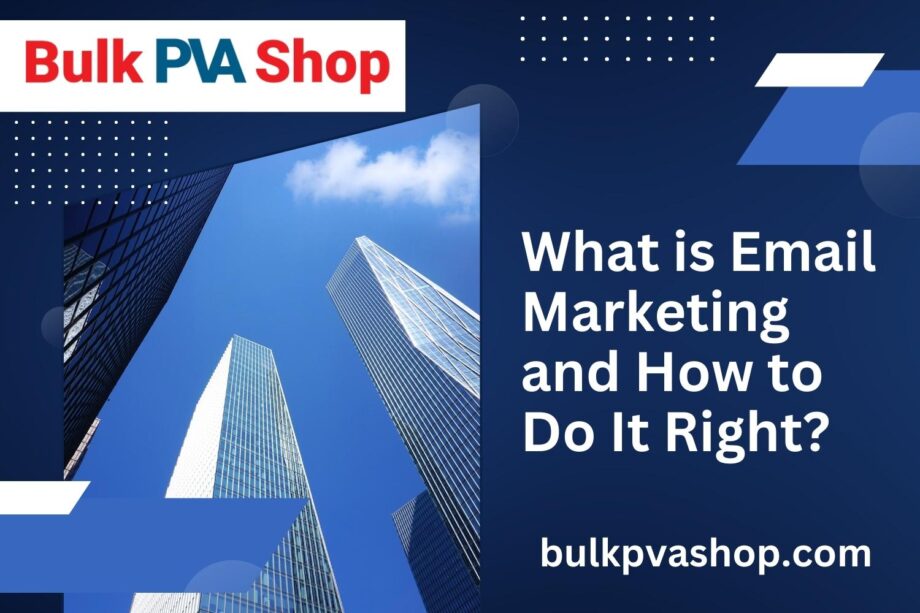In the realm of digital marketing, where competition is fierce and attention spans are fleeting, crafting the perfect landing page for your email campaigns can be the key to success. A well-optimized landing page not only captures the interest of your audience but also drives conversions, making your email campaigns truly effective. To help you achieve perfection in this essential aspect of email marketing, we’ve prepared a comprehensive guide with six invaluable tips.
What are landing pages?
Landing pages are standalone web pages that serve as a destination for your email campaign recipients. Unlike regular web pages, which may have multiple purposes and navigation options, landing pages are designed with a specific goal in mind, such as capturing leads, promoting a product, or encouraging sign-ups.
Why are landing pages crucial for email campaigns?
Landing pages play a pivotal role in email marketing for several reasons. They provide a focused and distraction-free environment for your audience to take a desired action, whether it’s making a purchase, signing up for a newsletter, or downloading an ebook. Landing pages also allow you to track and measure the success of your email campaigns, providing valuable insights into your audience’s behavior and preferences.
Tip 1: Know Your Audience
Understanding your audience is the cornerstone of successful email marketing. Before creating your landing page, take the time to research and define your target audience. What are their needs, preferences, and pain points? Tailor your content to resonate with your specific audience, addressing their concerns and offering solutions that meet their needs.
- Customer Segmentation: Divide your email list into segments based on demographics, behavior, or preferences. Each segment may respond differently to various landing page elements.
- Research: Conduct thorough research to learn about your audience’s pain points, interests, and motivations. Use surveys, analytics data, and social listening tools to gather insights.
- Persona Development: Create customer personas that represent different segments of your audience. These personas help you visualize your ideal customers and craft landing page content that resonates with them.
- Language and Tone: Adapt your messaging and tone to match your audience’s communication style. For example, a formal tone might be more suitable for a B2B audience, while a casual, friendly tone could work for a consumer audience.
- Relevance: Ensure that the content on your landing page aligns with the email’s message. Consistency in messaging between the email and landing page boosts trust and engagement.
- Address pain points: Highlight how your product or service addresses the specific challenges or pain points your audience faces. Use language that speaks directly to these concerns.
Tip 2: Keep it Simple and Focused
When it comes to landing pages, simplicity is key. A cluttered and convoluted page can overwhelm visitors and deter them from taking action. Keep your design clean and uncluttered, with a clear focus on your message and call-to-action (CTA). Make sure your CTA is prominent and easily accessible, guiding visitors toward the desired action.
Tip 3: Compelling Headlines and Subheadings
Your landing page’s headline is the first thing visitors see, so it must grab their attention and convey the value of your offer. Use persuasive language and be concise. Follow up with compelling subheadings that provide additional context and encourage visitors to keep reading. Well-structured headings and subheadings can guide visitors through your content and highlight key benefits.
Tip 4: Visual Appeal and Branding
Visual elements play a crucial role in creating an appealing landing page. Use high-quality images, graphics, and videos that align with your brand and resonate with your audience. Consistent branding, including color schemes and logos, helps establish trust and credibility. Ensure that your visuals complement your message and enhance the overall user experience.
Tip 5: Strong Call-to-Action (CTA)
Your CTA is the linchpin of your landing page—it’s the action you want visitors to take. Make your CTA clear, concise, and action-oriented. Use persuasive language that instills a sense of urgency or excitement. Consider A/B testing different CTA variations to determine what resonates best with your audience.
- Clear and Concise Language: Your CTA should use clear, concise language that leaves no room for ambiguity. Visitors should immediately understand what action you want them to take.
- Strong Action Verbs: Use strong action verbs to motivate your audience. Words like “buy,” “subscribe,” “download,” or “get started” convey a sense of urgency and encourage immediate action.
- Contrasting Colors: Make your CTA button visually distinct from the rest of the page by using contrasting colors. This helps draw the eye and makes it clear that the CTA is the next step.
- Size and Placement: Ensure your CTA is large enough to be noticed but not so large that it overwhelms the page. Place it prominently above the fold, so visitors don’t have to scroll to find it. Use whitespace to give it breathing room.
- Mobile Optimization: With a growing number of users accessing emails and landing pages on mobile devices, it’s crucial to optimize your CTA for mobile. Ensure it’s easily clickable on smaller screens and doesn’t get lost in the layout.
- Compelling Copy: The text around your CTA matters too. Use persuasive copy that highlights the benefits of taking action. For example, “Join now for exclusive benefits” is more enticing than a generic “Sign up.”
Remember to A/B test your CTA to fine-tune its effectiveness. Continuously analyze the data to see which CTA variations drive the best results, and don’t hesitate to make adjustments based on the feedback you receive from your audience.
Tip 6: Mobile Optimization
In today’s mobile-centric world, optimizing your landing page for mobile devices is non-negotiable. Ensure that your page is responsive and loads quickly on smartphones and tablets. Test all elements to guarantee a seamless mobile experience, from navigation to form submissions. Neglecting mobile optimization can result in missed opportunities and frustrated users.
- Responsive Design: Implement a responsive web design that adapts to various screen sizes and resolutions. This ensures that your landing page looks and functions well on smartphones, tablets, and desktops. Test your landing page across different devices to guarantee a consistent user experience.
- Simple and Scannable Content: Mobile users tend to skim content rather than read every word. Use concise headlines, bullet points, and short paragraphs to make your content easily scannable. Highlight key information to grab users’ attention quickly.
- Fast Loading Times: Mobile users are impatient, and slow-loading pages can lead to high bounce rates. Optimize images and minimize code to ensure your landing page loads quickly on mobile devices. Consider using AMP (Accelerated Mobile Pages) if appropriate for your content.
- Mobile-Friendly Forms: If your landing page includes forms, ensure they are mobile-friendly. Use input fields that are easy to tap on small screens, and minimize the number of required fields to reduce friction. Implement auto-correction and auto-capitalization for user convenience.
- Thumb-Friendly Navigation: Place important elements, such as call-to-action buttons and navigation menus, within easy reach of a user’s thumb. This makes it effortless for them to take the desired actions, like signing up or making a purchase, without having to zoom in or struggle with tiny buttons.
Incorporating these mobile optimization tips into your email campaign landing pages can enhance the user experience, increase conversion rates, and ultimately help you achieve your campaign goals
Conclusion
Crafting perfect landing pages for email campaigns is a crucial aspect of digital marketing. These pages serve as the bridge between your email content and your desired action from the audience. By following the six tips mentioned earlier, you can significantly enhance the effectiveness of your email campaigns and increase the chances of converting leads into loyal customers. Remember to keep your landing pages focused, visually appealing, mobile-friendly, and user-centric. Test and optimize regularly to ensure they align with your marketing goals and provide a seamless experience for your audience. A well-designed landing page can make all the difference in turning email recipients into engaged customers, ultimately driving the success of your marketing efforts




